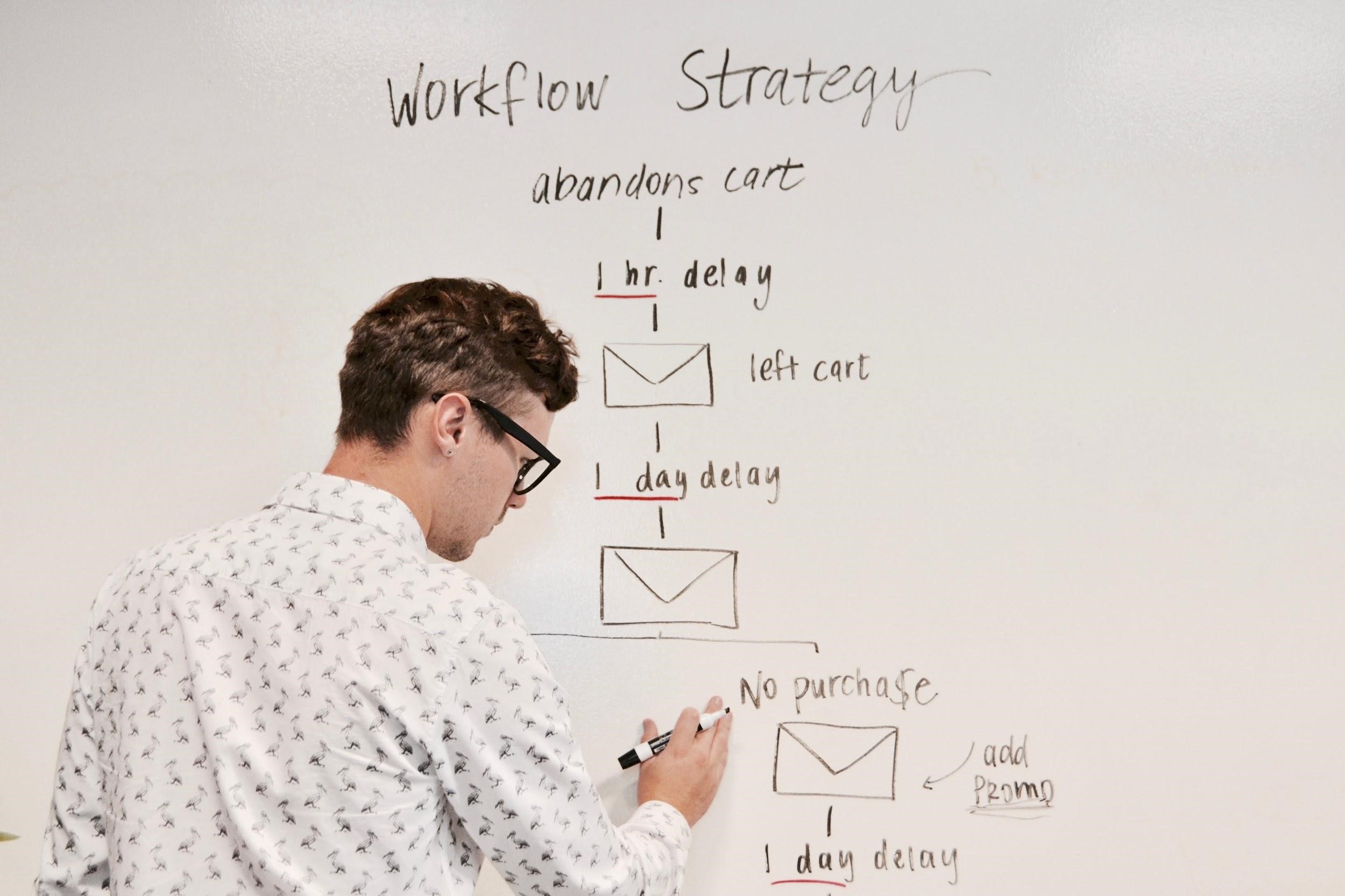Image Credit: Unsplash
Companies are increasingly leaving seniors out of marketing strategies. This will prove costly considering just how many seniors there are in the world.
Good marketers know, when it comes to marketing strategies, seniors deserve a special focus. In a country such as Australia, more than one in seven people are aged 65 years and older. Many seniors are living the good life with savings, investments, and continued income.
7 ways to market to seniors
Messaging is tailored to appeal to market segments in order to achieve optimum results. This concept defines markets such as male, female, young, employed, students, and yes, people in their golden years. Depending upon the product you are promoting, seniors might represent a majority of your entire audience. Effective marketing to this group can be achieved in 7 key steps.
1. Understand seniors are online
There’s an ongoing misconception older people aren’t technologically savvy. This generalization leads businesses to believe this section of the population can’t be reached through digital and online advertising methods.
A recent survey found four in five seniors use social media platforms, spending, on average, 12 hours per week on them. This means marketers can reach older people online, highlighting why digital marketing to retirees is important.
2. Segment email lists
When setting up mailing lists it is important to segment different demographics—either as separate lists, as a segment within a list, or with tags to identify characteristics of individuals within the list. An organization can then craft messages appropriate for each list, segment, or tag. This is important because different groups look for different things from brands and want to interact with them in a different way.
3. Make everything easy
It’s important a marketing campaign does not add to the frustration of the buyer. While two in three older folks consider themselves tech-savvy, a large percentage also finds online experiences to be more frustrating than fun.
In order to connect with an older audience, make sure information is presented clearly. Try to limit the number of steps between finding a product and purchasing it. It’s important to note most people will abandon their shopping cart if the process isn’t easy.
4. Cut the nonsense
Given this audience has much in the way of life experience, the elderly rarely fall for marketing tricks. Rather, what resonates is simplicity and honesty. With this in mind, companies need to keep advertisements and copy both informative and to the point.
5. Seniors value interaction
Over the years marketing has changed drastically. Even the way individuals interact with brands has changed. Some businesses like to have chatbots answer questions on a website or even automated responses on a social media platform. However, older folks value interaction. Therefore, having employees available on the phone so this demographic can call for service and support inquiries is a must.
6. Use a multi-channel approach
Those over the age of 65 are the ones most likely to flick through a printed catalog and purchase magazines and newspapers. They also still watch with free-to-air, advertising-supported television.
Increasingly the youth of today cannot be reached on TV as they gravitate toward streaming platforms that do not feature advertisements. So, by marketing to retirees through the TV, companies are given yet another avenue to in which to reach these older consumers.
7. Don’t treat them differently
At the point of retirement, an individual’s taste and hobbies don’t suddenly change or disappear altogether. They now have the luxury of time and can immerse themselves in hobbies and interests. So, when it comes to trying to sell a product or service, don’t treat them differently, but do cater to their ability to spend more time doing what they love.
Marketing to seniors
Those deemed to be in their golden years want the same products and services like everyone else but to harness their buying power, organizations need to adjust their messaging. A senior person isn’t interested in consumption for the sake of consumption. Rather, they want to see results of what they’re considering purchasing. Therefore, marketing messages need to be tuned accordingly in order to mobilize this large market segment.
With a properly tailored marketing strategy, seniors can be quite receptive and loyal to brands. In order to cater to this segment of the market, brands must understand what motivates those of retirement age and change their advertising approach accordingly.

Author bio: Luke Fitzpatrick has been published in Forbes, Yahoo! News, Influencive and Tech In Asia. He is a guest lecturer at the University of Sydney, lecturing in Cross-Cultural Management and the Pre-MBA Program.

